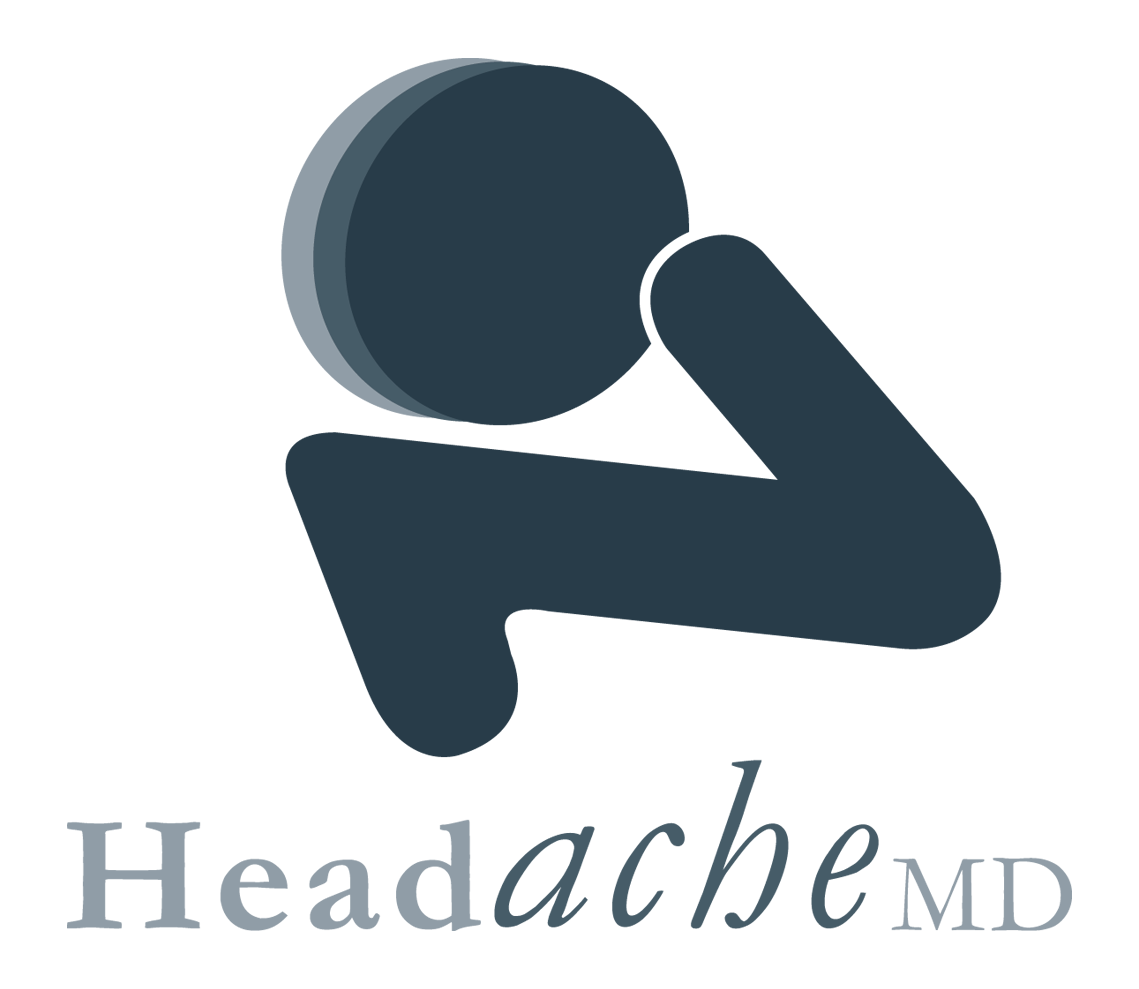Cluster headaches are characterized by pain on one side of the head, said pain of which may be described as a sharp, steady and burning sensation in, behind and around one eye including the face, neck and temples. Attacks usually occur 2-3 hours after sleeping – headaches while fully awake are also possible – with each attack occurring in or around the same time each day or night and lasting for up to 2 hours.
Fortunately, advancements in medical science have made it possible to identify better options in treatment for cluster headaches. It must be emphasized that these options are applied if and when the doctor has given a definitive diagnosis for the health condition (i.e., the headaches are primary in that there are no underlying causes like brain tumors). Doctors will combine two approaches in effective management of cluster headaches, as discussed below.
Treatment as the Headaches Occur
When a cluster headache occurs without warning, the best course of action is to ask your doctors for the appropriate medication. It must be noted that over-the-counter painkillers and narcotics are ineffective as options for treatment for cluster headaches because these take too long to stop the pain.
Instead, your doctor will combine two or more of the following medication to significantly lessen and eventually eliminate the pain:
- Triptans like sumatriptan
- Anti-inflammatory medications including prednisone with a high initial dose tapering off within 2-3 weeks
- Breathing in of 100% oxygen from a canister
- Injections of dihydroergotamine (DHE), the most effective treatment since the painful symptoms clear within 5 minutes. Not everybody, however, can be provided with the injections because of the side effects including dangerous contraindication with sumatriptan.
You must be patient with your treatment plan as your doctor will apply a trial-and-error method to determine the best combination of medications for your case. You should never ever adopt one of the abovementioned options for the treatment for cluster headaches without medical supervision because of the high risks for side effects.
Prevention of Attacks
To understand the recommendations for the prevention of cluster headaches, we must first understand their possible causes. Scientists have yet to identify the exact causes and mechanisms of cluster headaches but the general consensus is that the attacks are related to the sudden release of serotonin or histamine in the body. The hypothalamus, a small gland located in the base of the brain, also seems to be involved.
Cluster headaches appear to be triggered by the following factors:
- Alcohol consumption
- Cigarette smoking
- Bright light including sunlight
- Nitrite-rich foods like preserved meats
- High altitudes
- Physical exertion
- Heat
- Cocaine
- Certain medications
From the abovementioned triggers, we can conclude several prevention measures as part of an effective plan for the treatment for cluster headaches, namely:
- Avoidance of triggers like alcohol, cigarette smoke, and certain food and medications. You can maintain a headache diary to identify your own triggers.
- Intake of blood pressure medicines, anti-seizure drugs, and anti-depressants
It may also lessen the duration, frequency and intensity of cluster headaches when a healthy lifestyle – balanced diet, moderate exercise, sufficient sleep, and effective stress management – is adopted. Talk to your doctor about your options!
